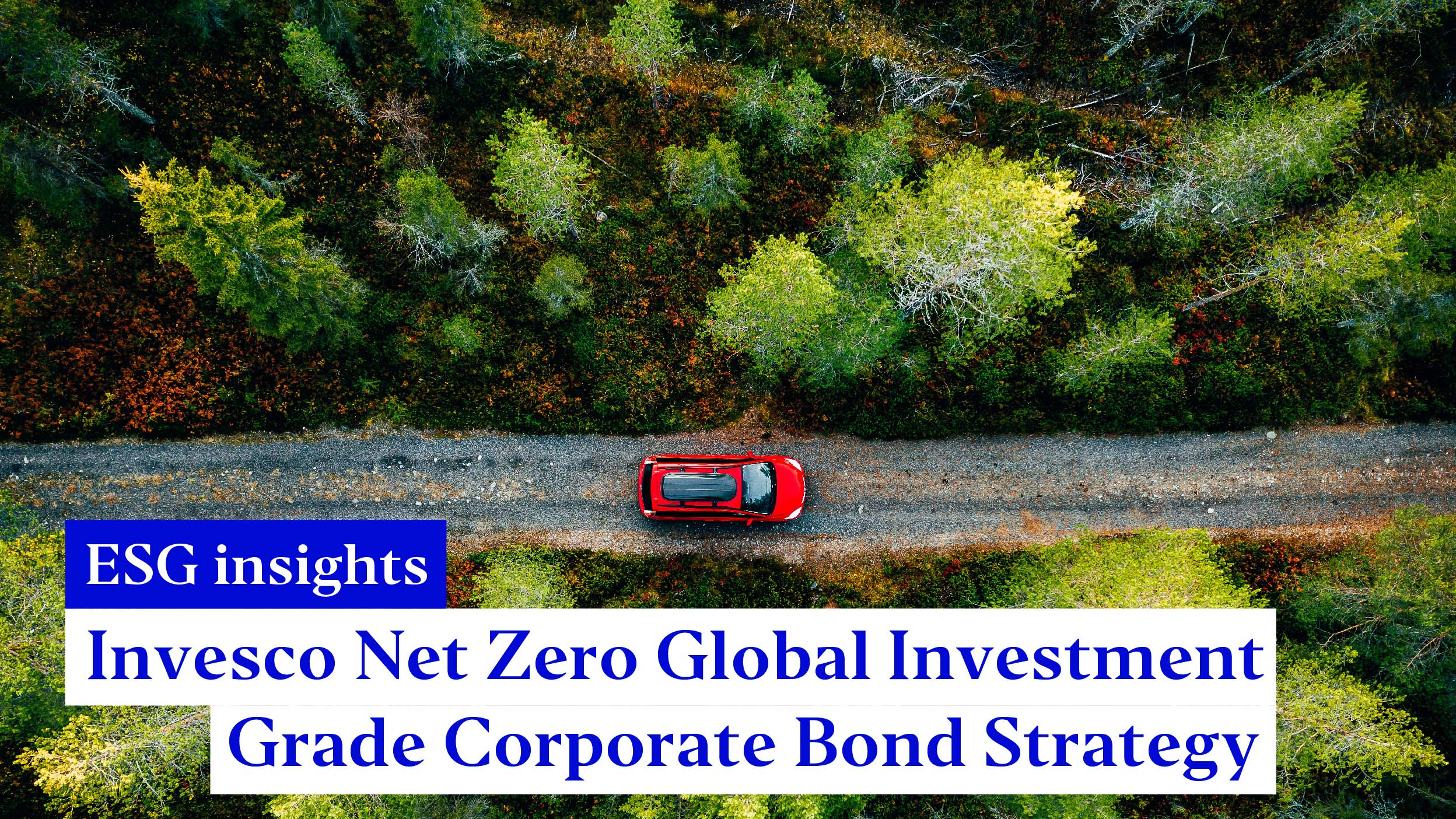
ETF Can you satisfy climate objectives with low tracking error?
Satisfying climate-related goals without the resulting performance deviating too much from standard indices can be challenging. Learn how the EU Climate Transition Benchmark (CTB) offers a solid framework for ETF providers to customise solutions for investors’ needs.












